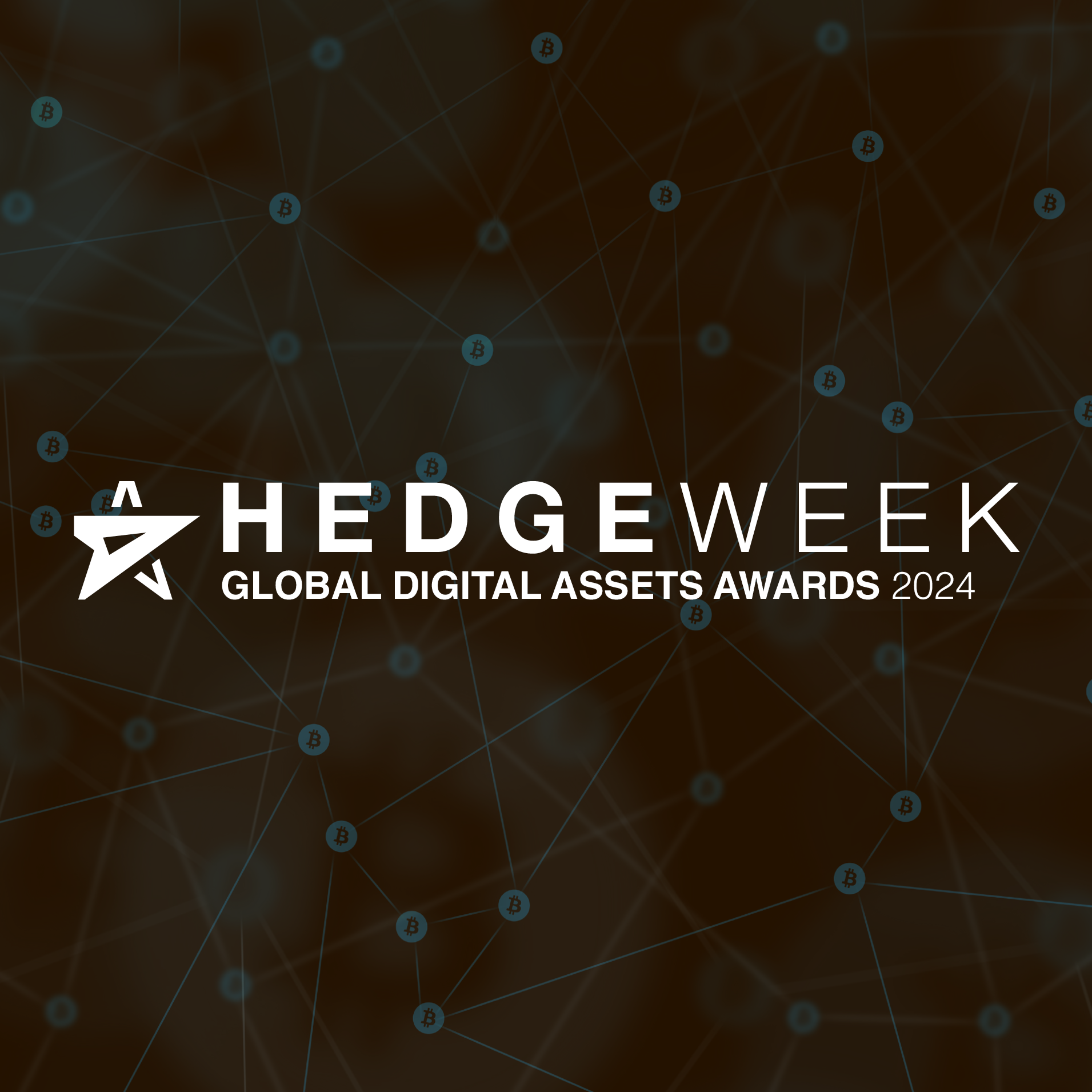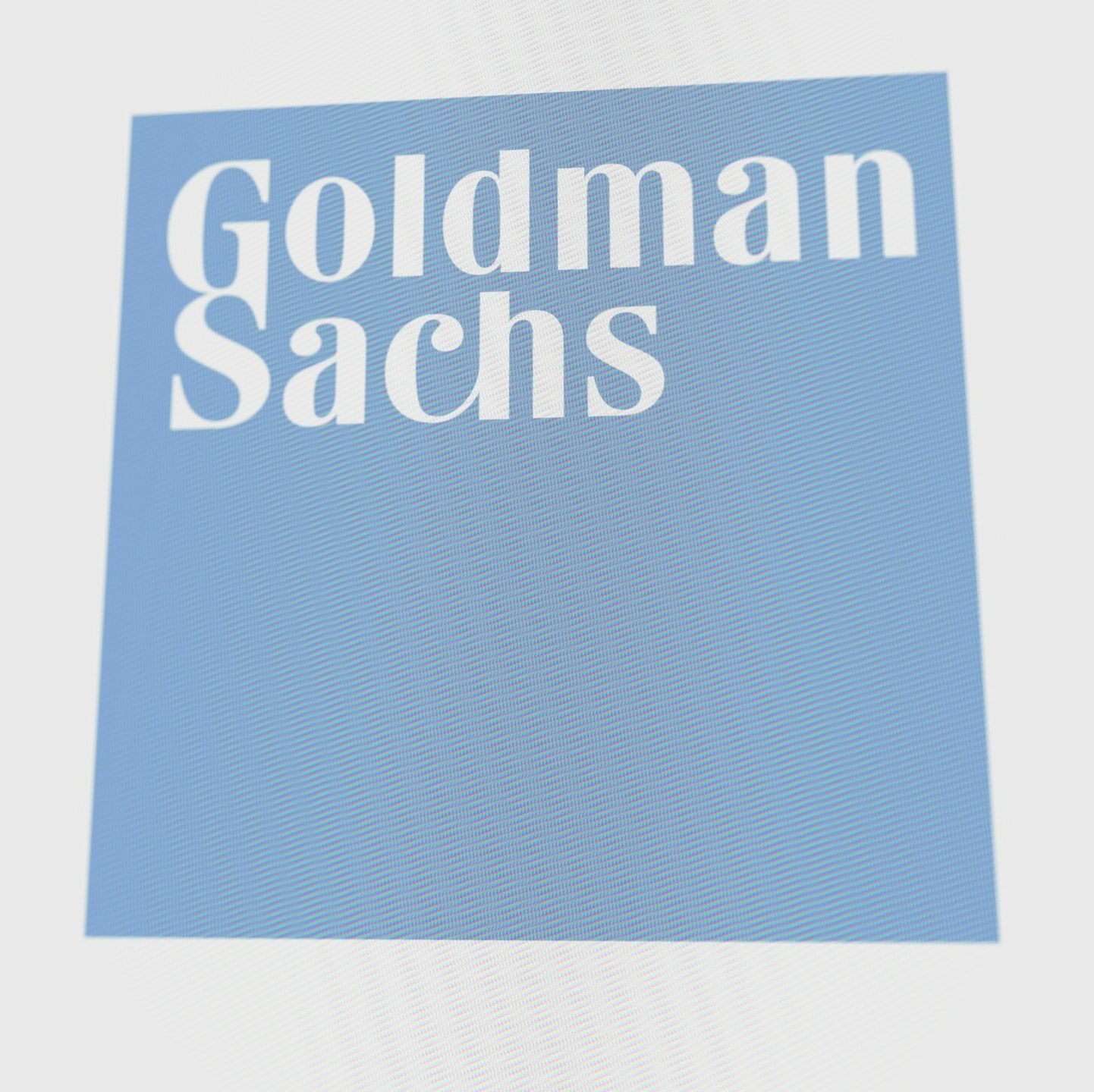Europe’s fund industry, including ETFs, registered net inflows of EUR152 billion to long-term funds in 2018, a far cry from the record-breaking levels – EUR774 billion – seen in 2017, according to data released by Morningstar.
Morningstar says that the growth of index funds in Europe has outpaced that of actively managed funds for years, and this trend continued to play out in 2018. The biggest divergence came to a head in the bond space, where actively managed bond funds suffered outflows of EUR32.5 billion, while passively managed bond funds enjoyed inflows of EUR30.4 billion for the full year.
In the past year, passive equity investors did not limit themselves to buying ordinary building blocks such as US large-cap blend funds, typically S&P 500 trackers, but also strayed into territory previously reserved for active managers, such as global small-cap equity, global property, and China equity funds. Conversely, active management suffered across the board with redemptions hitting small- and mid-cap funds, equity-income funds, and large-cap funds, which were actively sought on the passive side. This indicates that investors not only reacted to the market getting pounded but were conscientiously shifting to index funds.
Assets managed in all long-term funds stood at EUR7.98 trillion at the end of 2018, down from the EUR8.30 trillion of the previous year.
Equity funds enjoyed inflows of EUR76.0 billion for the full year, followed by allocation funds, which grabbed net inflows of EUR69.3 billion.
Fixed-income funds, convertibles funds, and alternative funds flows all dipped into red territory in 2018 because of massive redemptions in the fourth quarter. The full-year redemptions were the first for those broad categories since the high of the financial crisis in 2008.
While outflows from corporate-bond funds were a common denominator for active and passive products, euro and US-dollar government-bond funds were the big winners on the passive side.
Alternative funds that mimic hedge fund strategies suffered huge outflows of EUR22.3 billion in the fourth quarter, which drove flows into negative terrain.
Ali Masarwah (pictured), Director, EMEA Editorial Research at Morningstar, says: “Even though passive equity funds suffered outflows in December – only the third negative month of flows since April 2016 – demand was solid for index trackers 2018 when considering market turmoil. The organic growth rate for passive equity funds growth stood at 5.6 per cent in 2018. Actively managed equity funds grew only at a rate of 0.9 per cent.”
Valerio Baselli, Senior Editor, EMEA Editorial Research at Morningstar, says: “European investors shunned actively managed euro and US-dollar government-bond funds. This indicates that investors were increasingly flocking to cheap, passive building blocks when looking for exposure to government-bond funds in low-yielding markets.”
The category level flows reveal strong demand for global large-cap blend equity funds, which were showered with EUR33 billion of inflows last year, followed closely by US large-cap blend equity products, which enjoyed inflows of EUR27 billion.
These flows have most likely reflected investor optimism regarding the prospects for American economic growth, especially during the first three quarters. Yet the wind changed in the last quarter of the year, particularly in December when US large-cap blend equity funds suffered outflows of EUR2.8 billion. Between October and December, the S&P 500 and Dow plunged 13.97 per cent and 11.80 per cent, respectively, their worst performances since 2011. The Nasdaq plunged 17.5 per cent in the period, its biggest quarterly fall since 2008.
Whereas the second half of 2018 was nothing less than horrible for the alternative multistrategy category. Redemptions of more than EUR15 billion were motivated to a large degree by outflows from SLI Global Absolute Return Strategies, which shed more than EUR10 billion between June and December 2018. The strategy has underperformed significantly in the past few years, missing its performance target of Libor plus 500 basis points, and this has not gone unnoticed by investors.
At a provider level, UBS topped the list in terms of inflows within the active spectrum, thanks mainly to strong sales of its US fixed-income funds, which took in EUR8.7 billion – almost entirely attributable to Focused SICAV – High Grade Bond USD (EUR7.0 billion). The high demand arguably reflects asset-allocation decisions by UBS wealth management.
Among passive providers, iShares dominated the rankings of top asset-gatherers. BlackRock’s ETF provider enjoyed significant inflows to its US equity large-cap blend and global-equity large-cap funds.
On the other hand, within the universe of active managers offering long-term funds, Standard Life Investments suffered the most last year. The Scottish company closed its third year in a row in negative territory for flows (net outflows of EUR4.1 billion in 2016, EUR6.8 billion in 2017, and EUR16.3 billion in 2018).
Also Carmignac suffered outflows from its euro fixed-income and allocation products with its two flagship funds, Carmignac Sécurité and Carmignac Patrimoine, hemorrhaging EUR2.0 billion and EUR6.1 billion, respectively. Both funds have underperformed their benchmarks for an extended period.
Turning to the largest open-end funds and ETFs, since February 2018, huge amounts of money have been pouring out from PIMCO GIS Income, with monthly outflows averaging more than EUR1.1 billion. In all, Europe’s largest open-end fund shed a staggering EUR10.8 billion in 2018. However, this needs to be contrasted with the huge demand the fund has seen in previous years. In 2017, the fund received absurdly high inflows of EUR41.5 billion. This reflected the yield hunger of bond investors who piled into risky bond funds in 2017- many of whom have turned risk-averse this year.
While December outflows from the two largest index funds in Europe, iShares Core S&P 500 ETF and Vanguard S&P 500 ETF (both with a Gold rating from Morningstar analysts), reflected the US equity market’s turbulence at the close of 2018, these funds continued to garner handsome inflows, taking in EUR4.57 billion and EUR540 million for the year, respectively.








